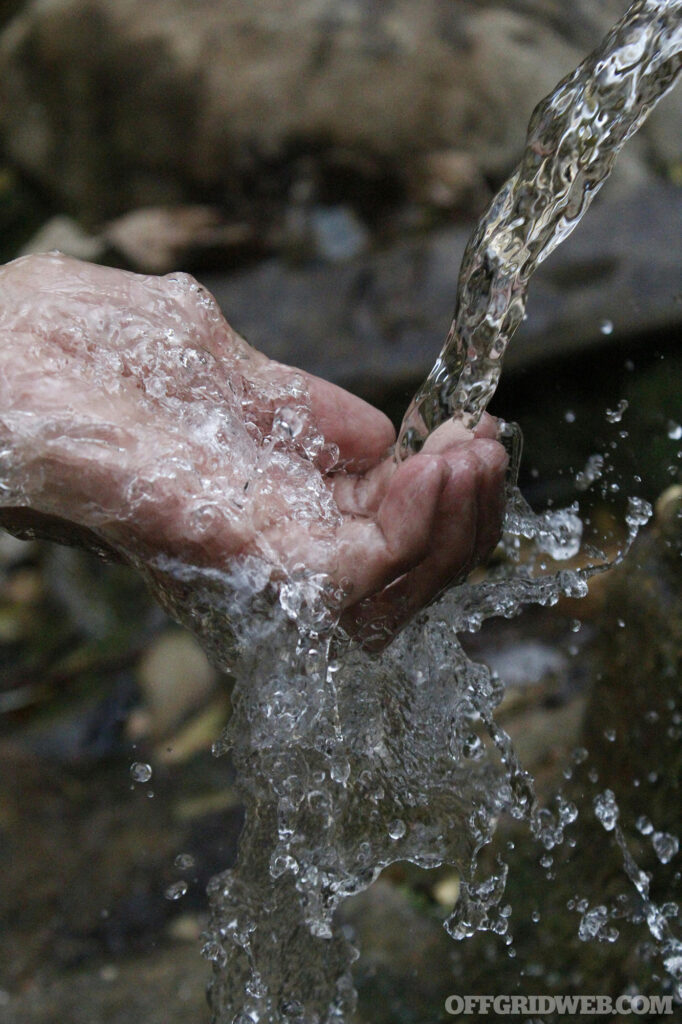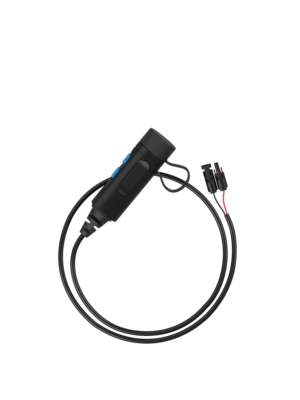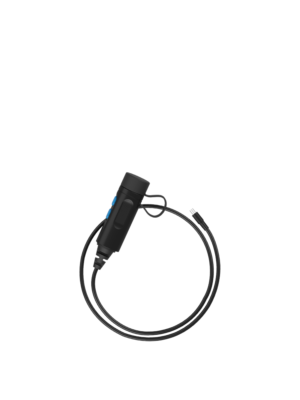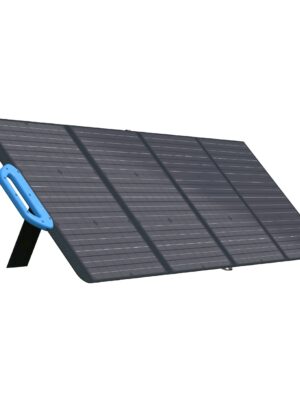Protecting Our Water: Cybersecurity Threatens Water Safety
Imagine turning on your faucet one morning and finding that, instead of water, you’re met with dry silence. For many, this scenario seems far-fetched, yet it’s becoming an increasingly possible reality. On March 18th, 2024, the U.S. Environmental Protection Agency (EPA), issued a dire warning to the Governors of every state. The message was foreboding: cyberattacks from foreign actors threatens the safety and stability of our nation’s water infrastructure. Infact, these attacks are already happening now, risking the safety and well-being of millions. As we move into the future, protecting our water will be become vitally important.
Understanding the Risk
Cyber threats against water and wastewater systems are escalating, driven by sophisticated actors seeking to exploit any vulnerability. Recent incidents have illuminated the nature of these threats, with actors affiliated with the Iranian Government’s Islamic Revolutionary Guard Corps and the People’s Republic of China’s state-sponsored cyber group, Volt Typhoon, targeting U.S. critical infrastructure. These attacks have not been random but are carefully designed to disrupt essential services and extract political, economic, or strategic advantage.
One of the specific vulnerabilities the letter highlights is a specific type of controller, the Unitronics programmable logic controller (PLC), which was found to be vulnerable to exploitation in November of 2023. PLC’s are used to monitor various stages of water and wastewater treatment, turn pumps on and off to fill tanks and reservoirs, and announce critical alarms to operations.
Subscribe Today and Save!
The vulnerability of water systems to cyberattacks is especially concerning due to their critical role in public health and safety. To make the situation more complicated, many water utilities are challenged by limited resources and technical capacity, making them attractive targets for cybercriminals. The EPA, alongside the Cybersecurity and Infrastructure Security Agency (CISA), has underscored the urgent need for improved cybersecurity practices within the municipal water sector.

Securing Safe Water
Access to clean water is crucial for drinking, cooking, and hygiene, directly impacting our ability to maintain good health and prevent diseases. Waterborne pathogens can lead to severe illnesses and outbreaks, underscoring the need for protection measures against any form of contamination, including those arising from cyber-induced failures.
Water is a critical asset not just for individual survival but for the economic engine of communities and countries. Industries ranging from agriculture to manufacturing, energy production to pharmaceuticals, depend heavily on a reliable supply of clean water. A disruption in water services due to cyberattacks can have a cascading effect, halting production lines, affecting food supply, and incurring significant economic losses.
The Centers For Disease Control and Prevention (CDC), suggests several ways to prepare for potential disruptions in municipal water supply:
- Make water safe. Even if a water from a municipal source becomes contaminated, there are ways an the individual citizen can take steps to ensure it is safe to consume or use. This includes, boiling, disinfecting, and filtering. The CDC also provides a few handy reference sheets, Make Water Safe During an Emergency and Use Safe Water During an Emergency, to print out and keep incase internet access is unavailable. They are Make Water Safe During an Emergency
- Create and store an emergency water supply. The CDC suggests that keeping an ample supply of commercially produced bottled water is the safest way to make sure your water is uncontaminated. When it comes to quantity, the recommended amount is one gallon, per person, per day, for a minimum of three days. More water is needed if a member of the household is pregnant, sick, or if you are residing in a hot climate. It is also recommended to try storing as much as two weeks worth, eleven days beyond the minimum.
- Find other sources of water. If you’re caught unprepared, there are other ways obtaining water. Some of these sources include:
-
- The reservoir in a home water heating tank.
- Melted ice cubes.
- A toilet tank (not the bowl).
- Liquid from canned fruits and vegetables.
- Pools and spas (for hygiene, not consumption).
- Decontaminated natural sources (rainwater, streams, lakes, ponds, etc.).
Conclusion
The security of our nation’s water systems is not just a matter of smoothly running infrastructure, it affects public health, safety, and national security. As we navigate the complexities of the digital age, we must remain vigilant and proactive in protecting these essential resources from cyber threats. That being said, we must also ensure that we are prepared on an individual level to do without when our protective measures fail.
Read More
Subscribe to Recoil Offgrid’s free newsletter for more content like this.
 STAY SAFE: Download a Free copy of the OFFGRID Outbreak Issue
STAY SAFE: Download a Free copy of the OFFGRID Outbreak Issue
In issue 12, Offgrid Magazine took a hard look at what you should be aware of in the event of a viral outbreak. We’re now offering a free digital copy of the OffGrid Outbreak issue when you subscribe to the OffGrid email newsletter. Sign up and get your free digital copy
Please Support Our Sponsors
Solar Power Generator Discounts Along With Free Shipping
- 10% OFF for Jackery Solar Generator 2000 Pro Series with code "JADEAL"
- 10% OFF for Jackery SolarSaga 200W Solar Panel with code "JADEAL"
- 10% OFF for Jackery Solar Generator 1500 Series with code "JADEAL"
- 10% OFF for Jackery Solar Generator 1000 Series with code "JADEAL"
- 10% OFF for Jackery Explorer 1500 Portable Power Station with code "JADEAL"
- 10% OFF for Jackery Explorer 1000 Pro Portable Power Station with code "JADEAL"
- 10% OFF for Jackery Explorer 500 Pro Portable Power Station with code "JADEAL"
- 10% OFF for Jackery Explorer 300 Pro Portable Power Station with code "JADEAL"
- 10% OFF for Jackery SolarSaga 100W Solar Panel with code "JADEAL"

The University of Georgia is represented by the Georgia Bulldogs . The Bulldogs participate in the Southeastern Conference's (SEC) Eastern Division of the NCAA.
They play their home games in the storied Sanford Stadium in Athens, Georgia. The first season in Georgia was in 1892. In 1942, 1980, and 2021, the Georgia Bulldogs won three national championships.
The Georgia Bulldogs have additionally been crowned the National Champion in four additional seasons by at least one polling organization (1920, 1927, 1946 and 1968).
The Georgia Bulldogs are tied for second place in conference history with their 15 conference titles, including 13 SEC titles, and their 59 bowl appearances, which ranks second all-time.
In addition, the program has produced five top picks in the National Football League (NFL) draft, two Heisman Trophy winners, numerous winners of various national honors, and many others.

Longhorns football represents the University of Texas in Austin often known as Texas, UT or the Texas Longhorns. The Longhorns represent the Big 12 Conference in the NCAA Division. They play in Austin, Texas, at the Darrell K. Royal-Texas Memorial Stadium.
The Texas Longhorns are ranked third and seventh, respectively, in terms of all-time wins and win-loss records, with over 900 victories and an overall win-loss percentage of.705.
The legendary program also boasts four national titles, 32 conference titles, 100 First Team All-Americans, and two Heisman Trophy winners.
Get your Texas Longhorns Revival T-Shirt today. The Texas Longhorns Rustic Revival shirt is also a fan favorite.
Many college sports fans like to wear their gear all around town, get your Texas Longhorns Centered gear and show your support.






 Gettr
Gettr














